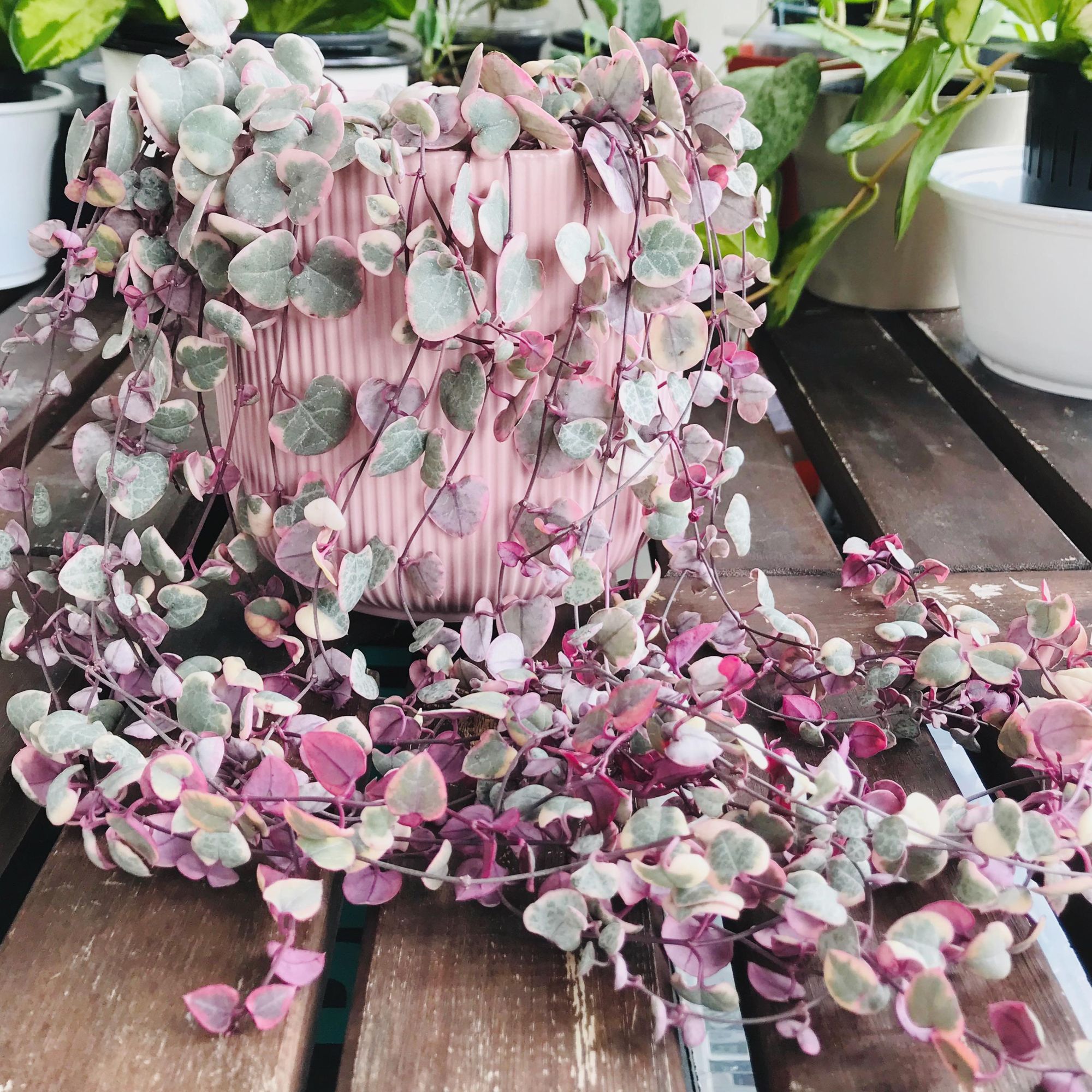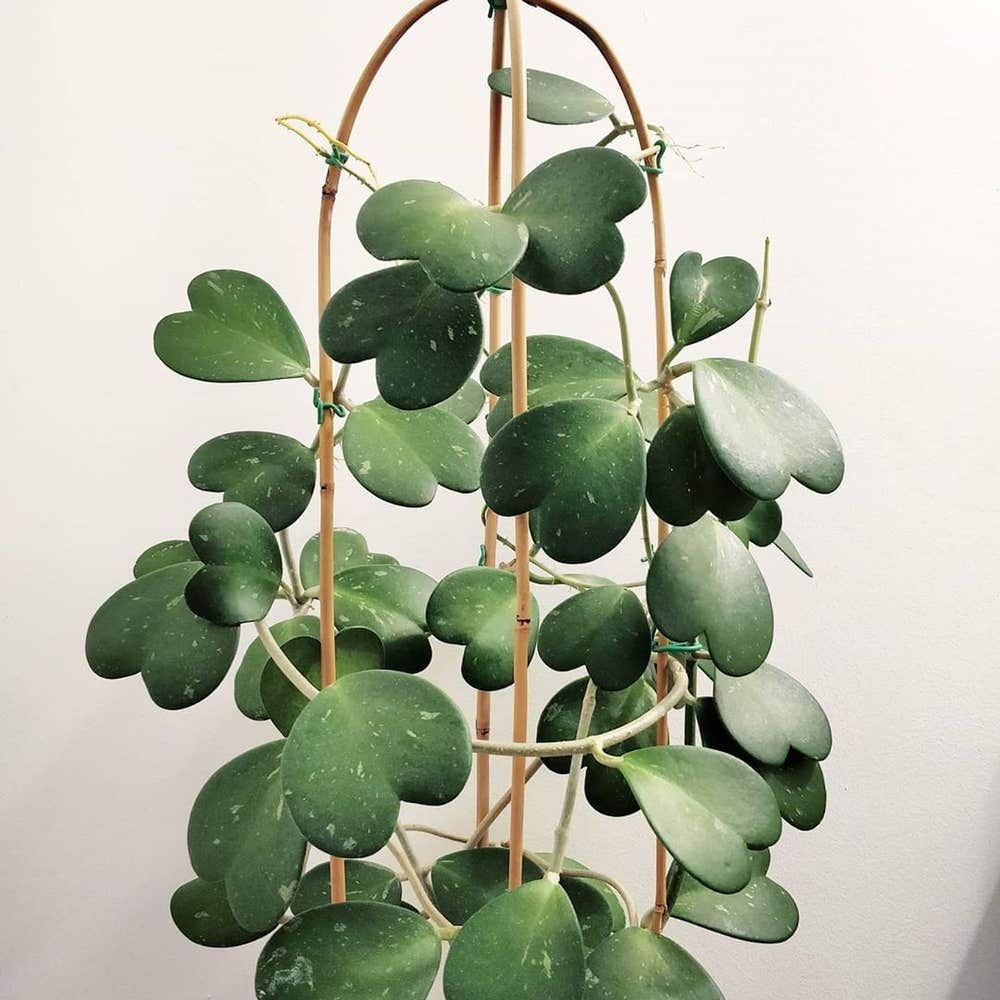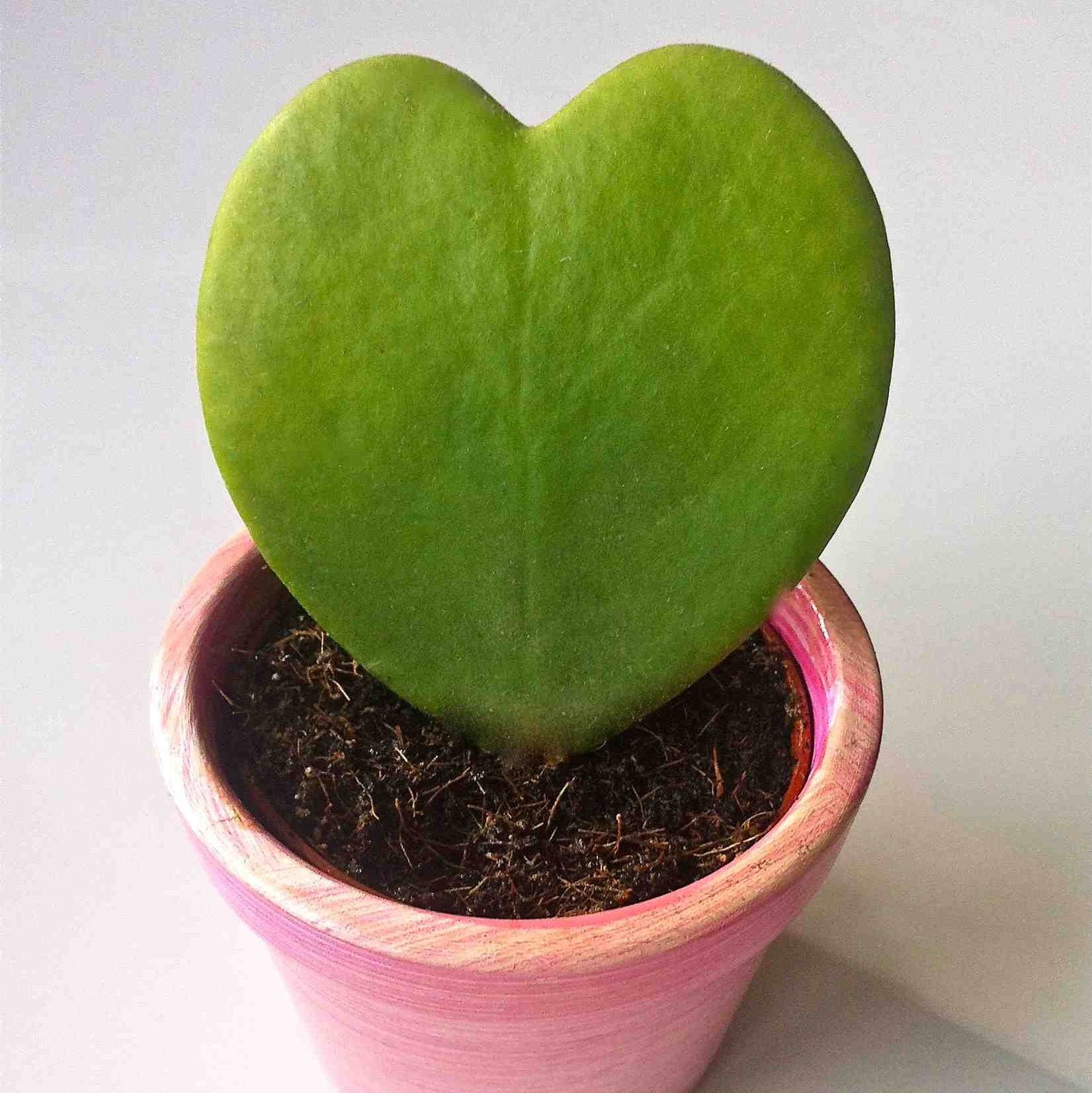With its heart-shaped leaves and trailing stems, the Chain of Hearts plant (Ceropegia woodii) is a popular houseplant that adds a touch of whimsy to any space. However, if you’re not familiar with its specific needs, this charming plant can quickly become a source of frustration.
The Chain of Hearts plant requires consistent moisture, but overwatering can lead to root rot. The best way to water this plant is to allow the soil to dry out slightly between waterings. It also prefers bright, indirect light and well-draining soil. If you’re not sure how to care for this plant, read on for a comprehensive guide to keeping your Chain of Hearts plant healthy and thriving.
In this article, we’ll cover everything you need to know about Chain of Hearts plant care, including watering, lighting, soil, and more. We’ll also share some tips on how to propagate this plant and keep it looking its best.
Before we dive into the specifics of Chain of Hearts plant care, let’s take a closer look at this unique and beautiful plant.

Chain of Hearts Plant: An Overview
The Chain of Hearts plant is a succulent native to South Africa. It’s characterized by its heart-shaped leaves and trailing stems. This plant is relatively easy to care for, but it does have some specific needs. Let’s take a closer look at what this plant needs to thrive.
Watering Your Chain of Hearts Plant
One of the most important aspects of Chain of Hearts plant care is watering. This plant prefers to be watered consistently, but it’s important to avoid overwatering. The best way to water this plant is to allow the soil to dry out slightly between waterings. You can check the moisture level of the soil by inserting your finger about 1 inch into the soil. If the soil is dry to the touch, it’s time to water your plant.
When you water your Chain of Hearts plant, make sure to water it thoroughly. Allow the water to drain out the bottom of the pot. You can use a watering can with a spout to water your plant directly, or you can place the pot in a sink or bathtub and fill it with water until the soil is saturated.

Lighting for Your Chain of Hearts Plant
The Chain of Hearts plant prefers bright, indirect light. This means that it should be placed in a location where it will receive plenty of light, but not direct sunlight. Direct sunlight can scorch the leaves of this plant, so it’s important to avoid placing it in a sunny window.
If you don’t have a spot in your home that receives bright, indirect light, you can use grow lights to supplement the natural light. Grow lights can be found at most home improvement stores or online.
Soil for Your Chain of Hearts Plant
The Chain of Hearts plant prefers well-draining soil. This means that the soil should be loose and airy, and it should not hold onto water too long. You can use a cactus potting mix or a mix of potting soil and perlite. Perlite is a lightweight material that helps to aerate the soil and improve drainage.
When you plant your Chain of Hearts plant, make sure to use a pot with drainage holes. This will help to prevent the soil from becoming waterlogged.

Propagating Your Chain of Hearts Plant
The Chain of Hearts plant can be propagated from stem cuttings. To propagate your plant, take a cutting from a healthy stem. The cutting should be about 4 inches long and should have at least two or three leaves.
Remove the leaves from the bottom of the cutting and dip the end of the cutting in rooting hormone. Rooting hormone is a powder or gel that helps to promote root growth. You can find rooting hormone at most home improvement stores or online.
Plant the cutting in a pot filled with well-draining soil. Keep the soil moist and place the pot in a warm, sunny location. The cutting should root within a few weeks.
Keeping Your Chain of Hearts Plant Looking Its Best
The Chain of Hearts plant is a relatively low-maintenance plant, but there are a few things you can do to keep it looking its best. Here are a few tips:
- Fertilize your plant every few months with a balanced liquid fertilizer.
- Repot your plant every two or three years into a larger pot.
- Prune your plant to remove any dead or damaged leaves.
- Keep your plant away from pests and diseases.

Conclusion of Chain Of Hearts Plant Care: A Guide To Keeping Your Ceropegia Woodii Thriving
The Chain of Hearts plant is a beautiful and easy-to-care-for plant that can add a touch of whimsy to any space. By following the tips in this guide, you can keep your Chain of Hearts plant healthy and thriving for years to come.
Questions and Answers
Here are some frequently asked questions about Chain of Hearts plant care:
- Q: Why are the leaves on my Chain of Hearts plant turning yellow?
- A: Yellowing leaves can be a sign of overwatering or underwatering. Check the moisture level of the soil and adjust your watering schedule accordingly.
- Q: Why are the leaves on my Chain of Hearts plant curling?
- A: Curling leaves can be a sign of under watering or too much direct sunlight. Check the moisture level of the soil and move your plant to a location where it will receive bright, indirect light.
- Q: Why is my Chain of Hearts plant not producing any flowers?
- A: The Chain of Hearts plant rarely produces flowers indoors. However, if you provide your plant with bright, indirect light and fertilize it every few months, it may eventually produce flowers.
- Q: My Chain of Hearts plant is infested with pests. What should I do?
- A: The best way to control pests on Chain of Hearts plants is to use a neem oil spray. Neem oil is a natural insecticide that is safe for use on houseplants. You can find neem oil at most home improvement stores or online.






























